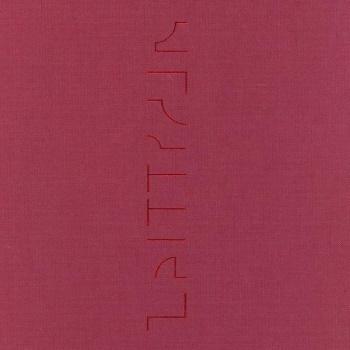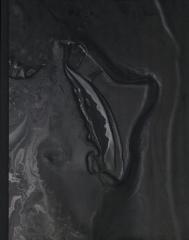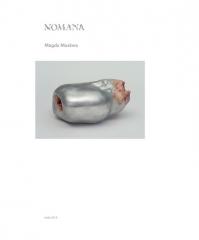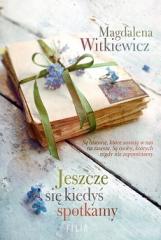Stan książek
Nasze książki są dokładnie sprawdzone i jasno określamy stan każdej z nich.






Nowa
Książka nowa.





Używany - jak nowa
Niezauważalne lub prawie niezauważalne ślady używania. Książkę ciężko odróżnić od nowej pozycji.





Używany - dobry
Normalne ślady używania wynikające z kartkowania podczas czytania, brak większych uszkodzeń lub zagięć.





Używany - widoczne ślady użytkowania
zagięte rogi, przyniszczona okładka, książka posiada wszystkie strony.
Katja Strunz
DODAJ DO LISTY ŻYCZEŃ
Masz tę lub inne książki?
Sprzedaj je u nas
"Katja Strunz Zeittraum #9 fr Władysław Strzemiński" is a publication accompanying the exhibition Afterimages of Life. Władysław Strzemiński and Rights for Art, which took place at Muzeum Sztuki in Łódź (30 November 2010 27 February 2011). The exhibition curators - Jarosław Lubiak and Paulina Kurc-Maj invited a German artist Katja Strunz, who re-works the topic of the avant-garde in her art, to cooperate with them on the exhibition. Thanks to Strunz's intervention: a design of the exhibition architecture, we were presented with a new dimension, a new commentary of Strzemiński's works. Strunz, using the letters of the alphabet created by Strzemiński in the beginning of the 1930s, arranged the word Zeittraum, which defines the space of the exhibition. This neologism, inspired by Walter Benjamin's philosophy of history, whose basis is the noun Zeitraum (a period of time, lit. A space of time), thanks to doubling the letter t gained an additional dimension for interpretation referring to the word Traum (dream).
According to Barbara Kuon, "owing to the installation the artist managed to save Władysław Strzemiński's work from the passage of time save it from being locked in history of art, from drowning in automated perception, save Strzemiński's revolutionary artistic vision from fading away, save the effect of radical boredom he created from disappearing. The word 'Zeittraum' fully affects the recipients of the installation and Strzemiński's works hidden within it without the knowledge of the meaning of the word or even of the fact that it is about a word at all. However, the reader of this text will undoubtedly understand the connection between Strzemiński, Benjamin and Strunz, who made a similar saving gesture: they jumped out of time."
The catalogue contains photographic documentation of the exhibition and reproductions of Władysław Strzemiński and Katja Strunz's works.
Wybierz stan zużycia:
WIĘCEJ O SKALI
"Katja Strunz Zeittraum #9 fr Władysław Strzemiński" is a publication accompanying the exhibition Afterimages of Life. Władysław Strzemiński and Rights for Art, which took place at Muzeum Sztuki in Łódź (30 November 2010 27 February 2011). The exhibition curators - Jarosław Lubiak and Paulina Kurc-Maj invited a German artist Katja Strunz, who re-works the topic of the avant-garde in her art, to cooperate with them on the exhibition. Thanks to Strunz's intervention: a design of the exhibition architecture, we were presented with a new dimension, a new commentary of Strzemiński's works. Strunz, using the letters of the alphabet created by Strzemiński in the beginning of the 1930s, arranged the word Zeittraum, which defines the space of the exhibition. This neologism, inspired by Walter Benjamin's philosophy of history, whose basis is the noun Zeitraum (a period of time, lit. A space of time), thanks to doubling the letter t gained an additional dimension for interpretation referring to the word Traum (dream).
According to Barbara Kuon, "owing to the installation the artist managed to save Władysław Strzemiński's work from the passage of time save it from being locked in history of art, from drowning in automated perception, save Strzemiński's revolutionary artistic vision from fading away, save the effect of radical boredom he created from disappearing. The word 'Zeittraum' fully affects the recipients of the installation and Strzemiński's works hidden within it without the knowledge of the meaning of the word or even of the fact that it is about a word at all. However, the reader of this text will undoubtedly understand the connection between Strzemiński, Benjamin and Strunz, who made a similar saving gesture: they jumped out of time."
The catalogue contains photographic documentation of the exhibition and reproductions of Władysław Strzemiński and Katja Strunz's works.























